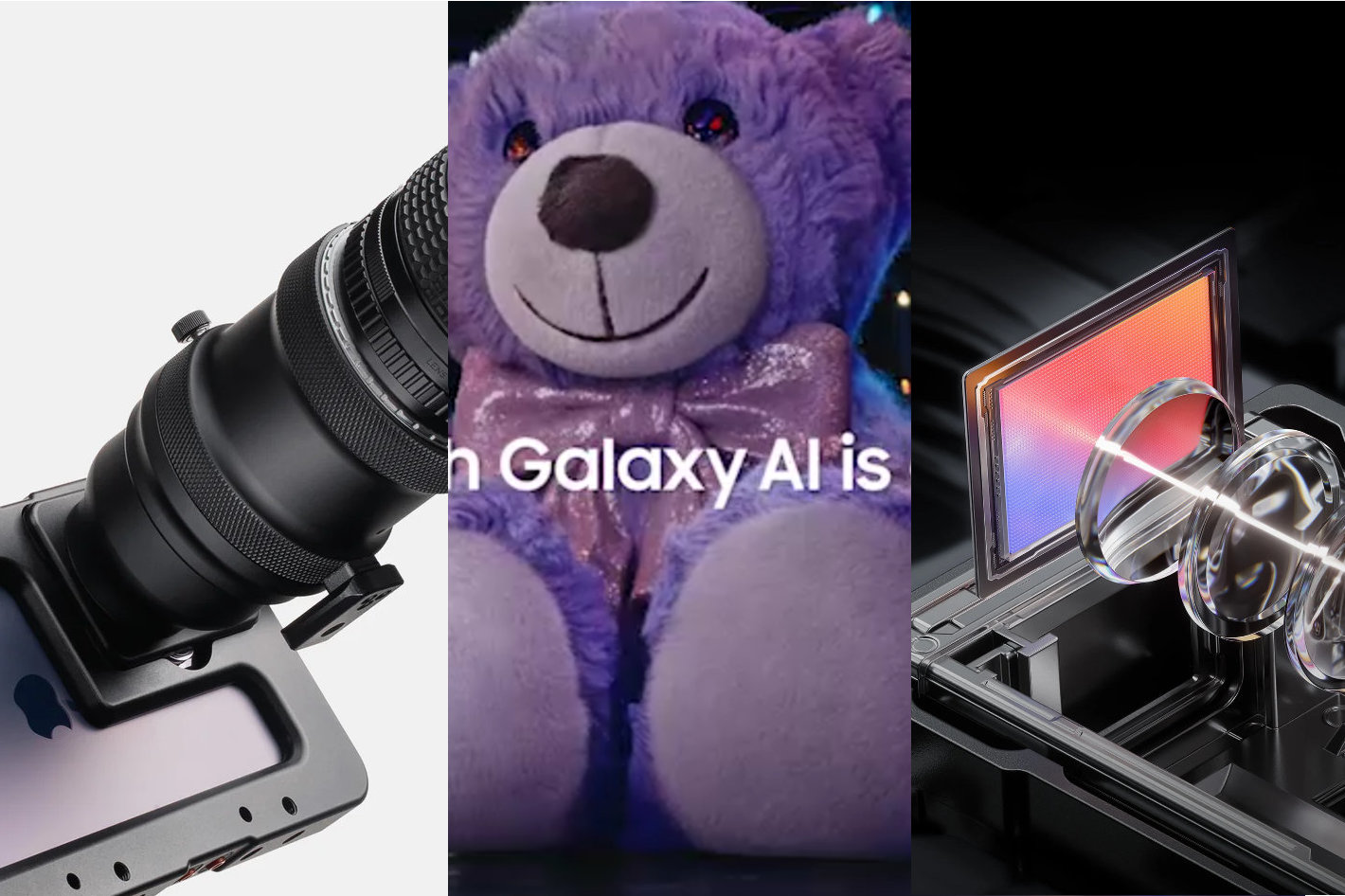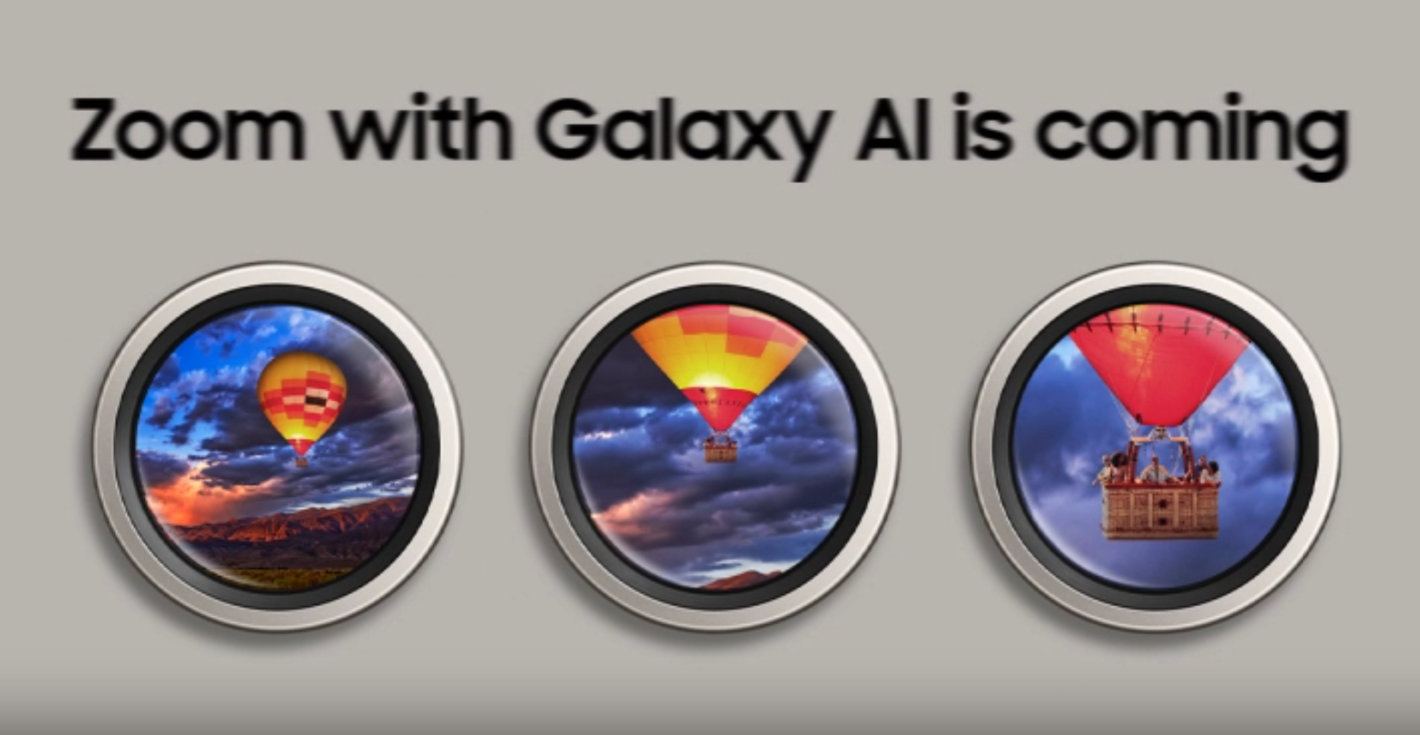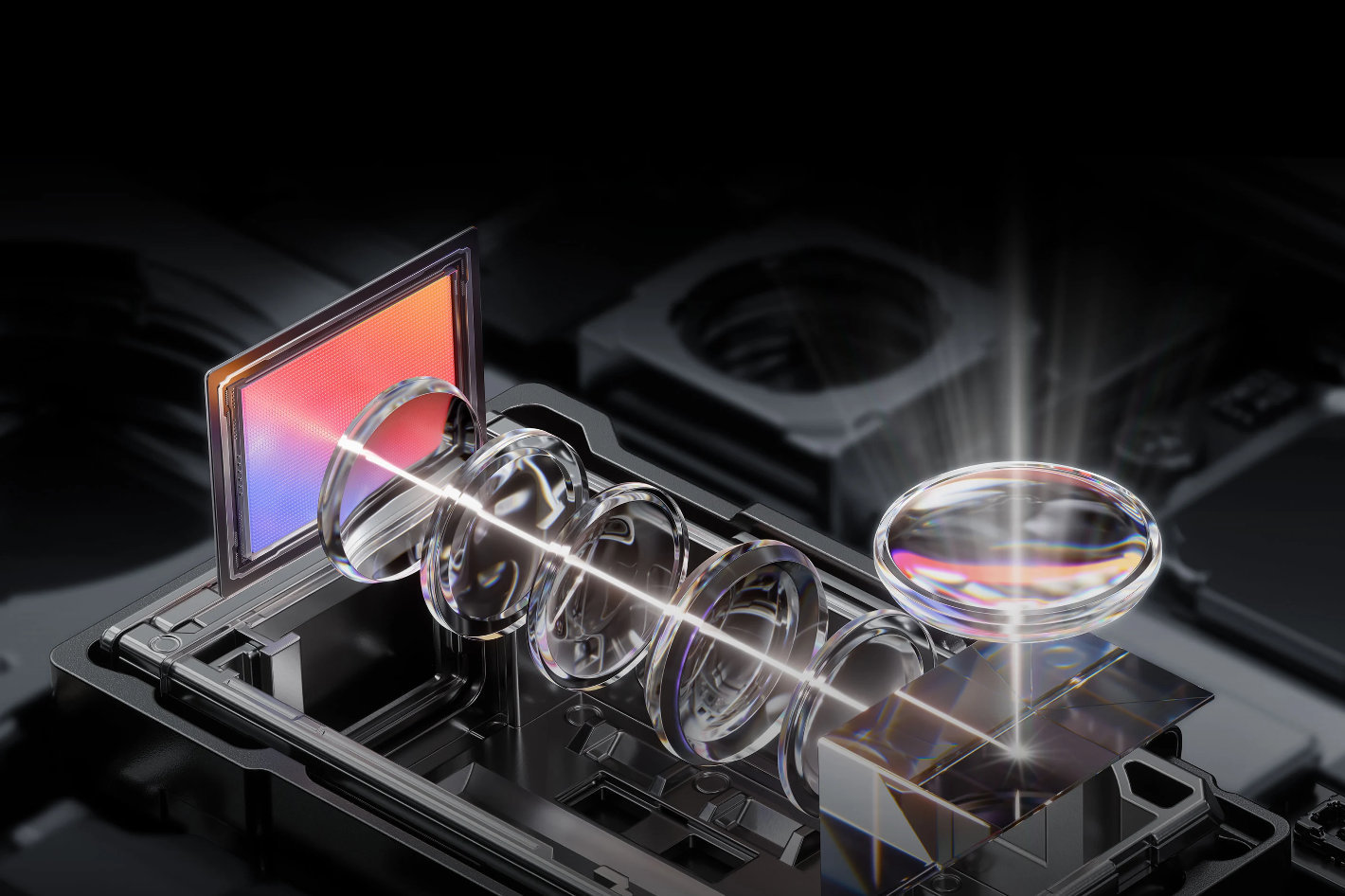
When Apple decided that they would film the Scary Fast event with an iPhone 15 Pro Max using the Blackmagic Camera app it was not just for marketing purposes. The company knew that the new device was able to register the event with the quality needed to impress everyone… because the new models rely heavily on artificial intelligence, even though Apple does not use the term AI to describe what they can do. But from Siri’s voice assistant responses to photography and video, AI is a key focus for Apple’s future products and services.
The new iPhones feature improved semiconductor designs that power AI features such as better image capture and to show that nothing better than to use the iPhone 15 Pro Max to capture Apple’s own event. According to Apple, the iPhone 15 Pro Max camera system offers the best video in a smartphone, with its quality rivaling those of professional video cameras.

AI makes smartphone cameras stand out
Film director Brian Oakes, known for the award-winning Jim: The James Foley Story and Living with Lincoln, was responsible for the documentary of the event, Scary Fast, that put the iPhone 15 Pro Max right in the middle of the action. He said about the experience: “We were able to get the same complex shots with iPhone 15 Pro Max. Everything is there to be an extension of someone’s vision or personality. The image quality of iPhone definitely democratizes the access.”
Apple is not alone in transforming smartphones into picture-gathering devices that can rival, in some situations, conventional cameras. In recent years, smartphones have evolved into powerful devices that not only connect us to the world but also serve as impressive tools for capturing stunning images. This transformation can largely be attributed to the integration of Artificial Intelligence (AI) into smartphone cameras, an evolution that you’ll not find in traditional cameras.

Smartphone manufacturers have recognized the potential of AI in enhancing camera capabilities, and with each new release, we see more advanced AI features being introduced. Whether it’s improving image quality, enhancing low-light performance, or enabling real-time analysis, AI has become the secret ingredient that makes smartphone cameras stand out. We may be talking about the effects of AI in photo editing or video post production but the revolution starts at the capture stage, and it happens inside a camera you carry in your pocket: the smartphone.
Smartphones with SLR lenses
Low-light photography has always been a challenge for smartphone cameras due to the smaller image sensors and limited ability to capture details in dimly lit environments. However, AI has come to the rescue by bringing incredible advancements in low-light photography, and optical systems are also getting better. Apple’s Scary Fast event showed it’s possible, and in 2024 companies as Samsung, Xiaomi, Oppo or vivo will bring to the market some of the most advanced flagship models using AI.
As AI algorithms continue to evolve, we can expect improved scene recognition, enhanced subject tracking, advancements in video recording and stabilization. By harnessing the power of AI, smartphone cameras can provide users with intuitive interfaces, automatic scene detection, and intelligent settings adjustments based on the environment.
One final note: while AI in smartphone cameras has made significant advancements, it cannot fully replace professional cameras in every aspect. Professional cameras still offer superior lens quality, larger image sensors, and more advanced manual controls. However, AI-powered smartphone cameras have closed the gap considerably, providing convenience, versatility, and impressive image quality that can rival many entry-level cameras… and they even can use SLR lenses, with adapters. Now, one question remains: what would become of traditional cameras if they also used AI the same way?

